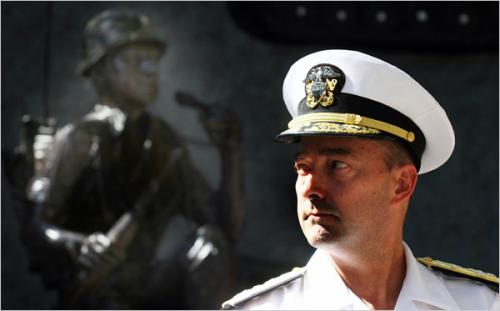
From James Stavridis, U.S. European Command: This required about 20,000 NATO airmen and seamen, working at sea, in the skies over Libya, and in logistics, planning, and intelligence on a dozen different NATO bases around the Mediterranean.
The effort was led by a Joint Task Force in Naples, Italy, commanded by a superb Canadian Lieutenant General and airman, Charlie Bouchard. The maritime side of the mission was led by an Italian Vice Admiral, Rinaldo Veri. In fact, of the 20 or so Generals and Admirals directing the effort, only three were from the US.
Likewise, the bulk of the resources to conduct the operation came from NATO partners, not from the US. Of the 18 ships typically on station for the arms embargo, only one was normally from the US. The allies did nearly all of the strike sorties, and the majority of all flights were non-US. This is a very different model than we’ve seen in other NATO operations, notably in Afghanistan where the US provides about two thirds of the troops. . . .
There are still many challenges ahead for Libya, but it seems clear that NATO’s role in its UN mandated missions has played an important part in protecting the people of Libya from a brutal and repressive regime during a dangerous time. A new dawn is breaking in Libya, and it seems that the future of Libya will be in the hands of the Libyan people — as it should be.
Admiral James Stavridis, Supreme Allied Commander, Europe; Commander, US European Command. (photo: Jose Cabezas/AFP)
Image: afp%205%203%2010%20Adm%20James%20Stavridis.jpg
